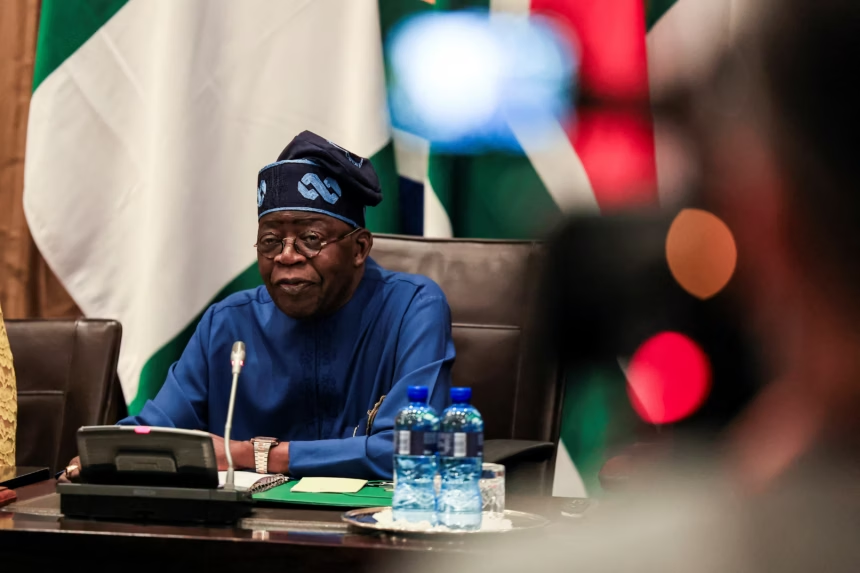President Bola Ahmed Tinubu has formally requested Nigeria’s National Assembly to approve a fresh foreign borrowing plan totaling $21.5 billion, alongside €2.19 billion, 15 billion Japanese yen, and a €65 million grant.
This forms part of the federal government’s 2025–2026 borrowing strategy aimed at financing critical development projects amid declining domestic revenue.
According to Tinubu’s letter to lawmakers, the borrowing will support investments in infrastructure, agriculture, healthcare, education, water supply, and job creation, with the goal of boosting growth and reducing poverty. The funds will also back reforms in finance and the economy, as well as national security and employment initiatives.
Nigeria’s public debt, already at N144.67 trillion by December 2024, is projected to rise to over N162 trillion with the new loan request.
- Advertisement -
The Debt Management Office (DMO) revealed that nearly N56.6 trillion of this was accumulated under Tinubu’s administration, marking a significant increase since Muhammadu Buhari left office in 2023.
Despite concerns about rising debt, the government insists the borrowing plan is strategic. It will mainly rely on concessional loans from international development partners such as the World Bank, African Development Bank, and China EximBank, with favorable terms and extended repayment periods.
Tinubu defended the loans as essential for addressing Nigeria’s infrastructure deficit and stimulating economic growth. He emphasized that the projects were chosen based on technical and economic evaluations and are expected to yield tangible socio-economic benefits across all 36 states and the Federal Capital Territory.
In addition, Tinubu asked parliament to approve a $2 billion domestic bond issue to attract foreign exchange and deepen Nigeria’s financial market, and a N757.98 billion bond to settle outstanding pension liabilities.
Critics, however, warn the new loans risk exacerbating poverty and overextending the country’s fiscal limits. Still, financial authorities argue that the borrowing is designed for long-term sustainability and growth, with a focus on maximizing economic returns rather than simply expanding debt.










